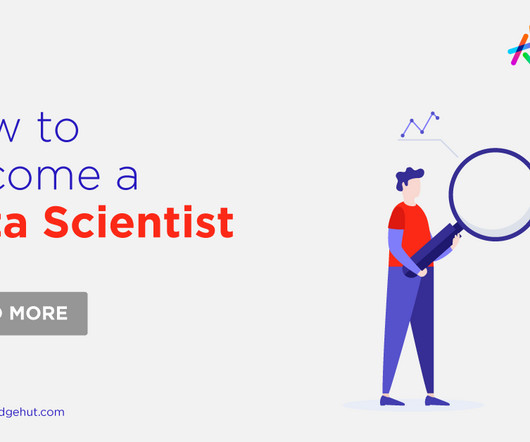How to Become Data Scientist in 2024 [Step-by-Step]
Knowledge Hut
DECEMBER 22, 2023
Statistics are important for analyzing and interpreting the data. Programming: There are many programming languages out there that were created for different purposes. Some offer great productivity and performance to process significant amounts of data, making them better suitable for data science.












Let's personalize your content